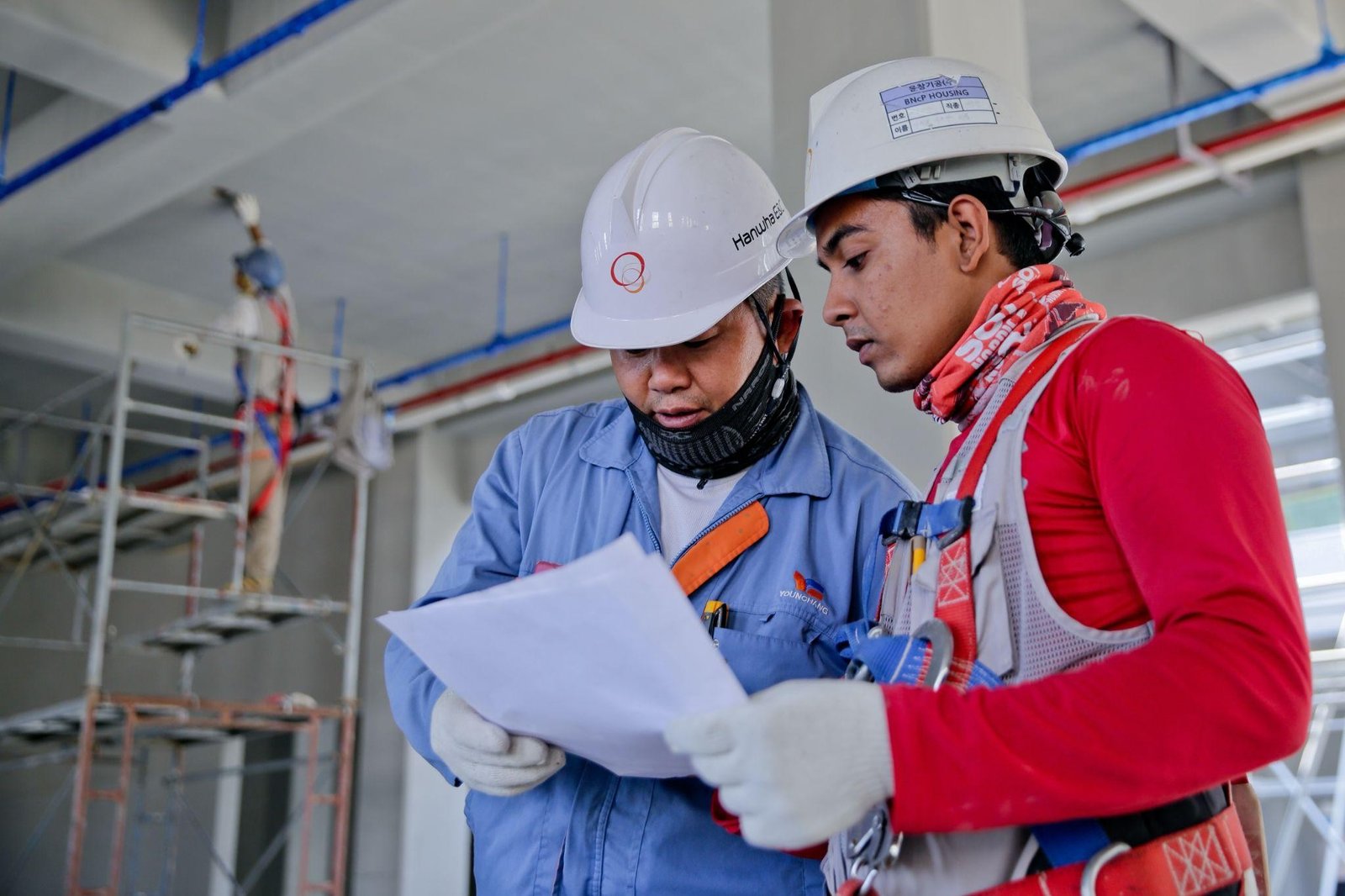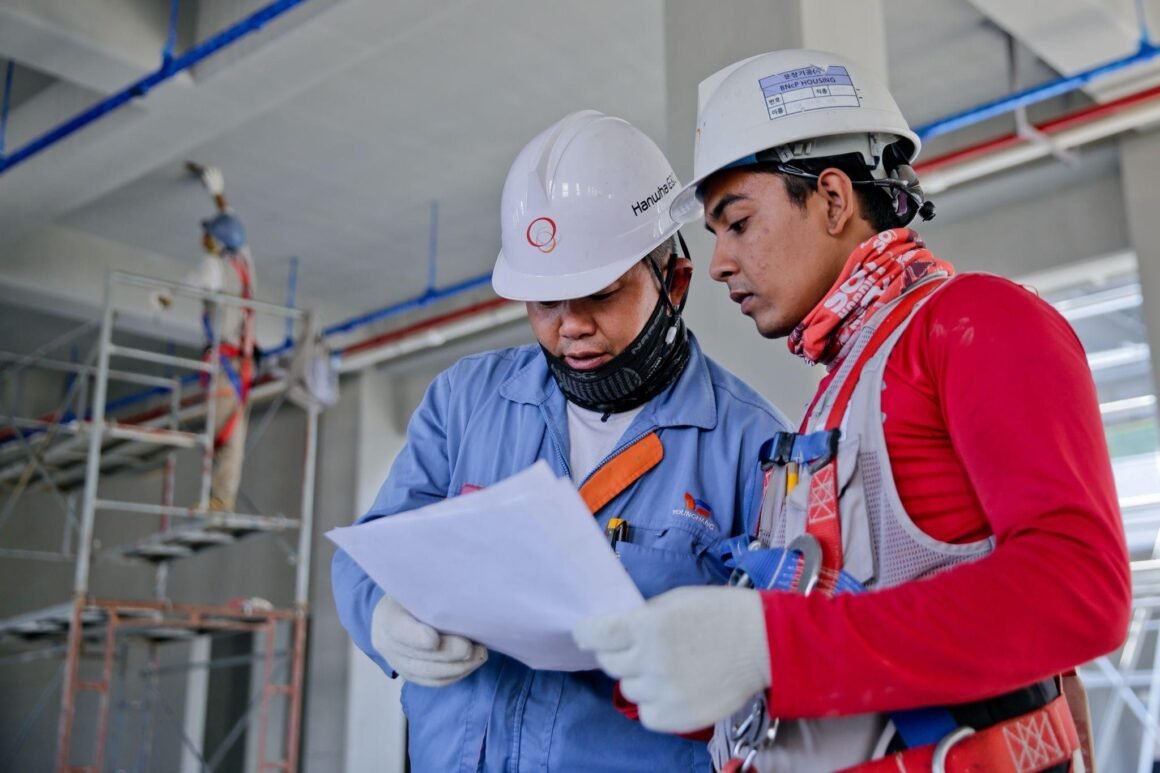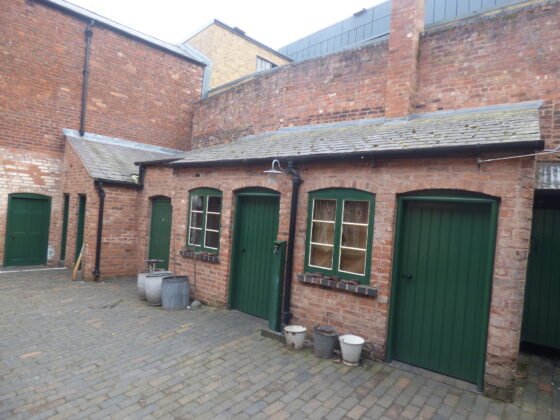Table of Contents Show
In the heart of Australia’s bustling construction industry, work sites teem with life, each one a hub of intricate operations.

The trade’s inherent dynamism presents a variety of hazards — the dizzying heights, the roar of heavy machinery, and the silent threat of hazardous materials.
Yet, as the industry was valued at a staggering $168.8 billion in 2022, it’s clear that productivity thrives.
To maintain this vibrancy, the focus must remain on the critical balance of safety and efficiency. This article, steeped in expertise from industry leaders, is your guide to sustaining that balance.
It will guide you through safety protocols, from pivotal aspects like asbestos removal to the significance of protective gear.
With these comprehensive safety guidelines, you can foster a resilient safety culture, ensuring your Australian construction site remains secure, productive, and ready to contribute to the industry’s continuing growth.
Prioritize Asbestos Removal and Management
Asbestos, a naturally occurring silicate mineral, was once hailed as a ‘miracle material’ for construction. Its heat-resistant, insulating, and durable properties made it a go-to building component in both residential and commercial constructions.
Alarmingly, it wasn’t until the late 20th century, specifically around the 1980s, that the health hazards of asbestos became widely recognized.
Chronic inhalation of its microscopic fibers can lead to severe lung diseases, including mesothelioma and asbestosis. As such, the safety and well-being of construction teams mandate prioritizing the management of hazardous materials like asbestos.
Particularly in Australia, where asbestos is widely used, every construction site must undergo a thorough inspection before commencing any project.
If asbestos is detected, the task of asbestos removal should be handed to professionals, ensuring the elimination of risk and the safety of all team members.
Continuous Safety Training
The construction world is ever-evolving, and the importance of maintaining continuous safety training cannot be overstated.
Such training allows employees to remain at the forefront of the latest safety protocols, arming them with the essential skills to tackle potential hazards head-on.
This not only cultivates an environment of awareness and readiness but also significantly curbs the occurrence of accidents.
Imagine the difference between a worker scrambling in panic when faced with danger and another who instantly knows the right course of action!
This critical knowledge comes from comprehensive safety training that covers a broad spectrum – proper usage of equipment, adherence to safety procedures, and mastery of emergency response protocols.
Hence, ensuring regular, updated, and thorough training sessions is crucial, making safety a fundamental pillar of worksite culture.
Implement Strict PPE Usage
Advocating for strict usage of Personal Protective Equipment (PPE) holds paramount importance when building a safe construction site.
PPE offers a vital barrier between workers and potential hazards, providing an essential safety net when all other precautions fail.
Imagine hard hats defending against falling debris, safety glasses protecting the eyes from dust particles, ear protection safeguarding against loud, damaging noises, and high-visibility clothing making workers easily identifiable amidst heavy machinery.
Comprehensive PPE training must be a cornerstone of any construction safety plan.
This ensures proper usage and promotes a culture of safety and responsibility. A well-executed PPE policy shields workers from harm, fostering an environment where they can focus on productivity with peace of mind. Remember, a safe worker is a productive worker.
Encourage Open Communication
Promoting a culture of open communication within the construction worksite is integral for maintaining safety standards. An environment allowing workers to express safety concerns without fear of retribution freely is invaluable.
Open communication channels bolster the early detection of potential hazards, setting necessary preventive measures in motion.
Regular safety meetings are not merely organizational formalities. They are invaluable platforms for dialogue on safety-related topics, inviting suggestions, observations, and updates.
Imagine a space where every worker feels empowered to speak up, where safety concerns aren’t just heard but actively addressed.
That is the culture we strive for – a culture where communication isn’t merely encouraged but celebrated, making worksites safer, more secure, and, ultimately, more productive.
Regular Safety Audits
Safety audits are a cornerstone of a secure worksite, pivotal in identifying potential risks before they turn into accidents.
These audits are essentially health checks for your site, ensuring the safety measures you’ve implemented are doing their job effectively.
When conducting an audit, you assess the environment for potential hazards – things like improperly stored materials or malfunctioning equipment.
But you’re also evaluating the safety behavior of your team. Are they following protocols? Do they know what to do in an emergency?
Whether it’s an area of excellence or a needed improvement, every finding from these audits offers valuable insights into the worksite’s overall safety performance.
Embrace these audits as an opportunity for continual improvement and risk management.
Maintaining Machinery and Equipment
Every construction site is a beehive of activity, with machinery and equipment at the heart of its operations.
The role of these tools is pivotal, but their reliability is determined by how well they’re maintained. Regularly scheduling maintenance checks isn’t just a suggestion; it’s an absolute necessity.
These inspections allow for the timely identification of wear and tear, providing an opportunity to undertake repairs before a major breakdown occurs.
This preventative approach not only improves the lifespan of your equipment but also contributes to a safer workplace by mitigating the risk of accidents due to faulty machinery.
Moreover, maintaining operational efficiency helps reduce downtime, thus ensuring a smoother, more productive workflow. It’s a simple equation: the better you care for your machinery, the better it will serve your worksite.
Implementing Safety Signage
Safety signage acts as the silent overseer of construction sites. This often-underestimated element plays a crucial role in maintaining order and safety within the bustling chaos of the work site.
Imagine a construction site as a city, teeming with activity, and these signs as its traffic system. They guide workers, offering directions to navigate the work zones and alerting them about potential hazards.
From ‘Hard Hat Area’ to ‘Restricted Entry,’ these vibrant placards serve as constant reminders of the rules and regulations.
Conclusion
In conclusion, ensuring safety on a construction site is a multifaceted process that demands continuous attention and diligence.
Prioritizing aspects like asbestos removal, regular training, strict PPE usage, open communication, safety audits, equipment maintenance, updated safety signage, mental health focus, and comprehensive safety planning can create a resilient safety culture.
When implemented effectively, these essential construction safety tips safeguard lives and promote productivity, nurturing a community founded on mutual trust and respect.
By upholding this commitment to safety, construction sites evolve beyond their function, transforming into safe and thriving spaces of productivity and cooperation.










